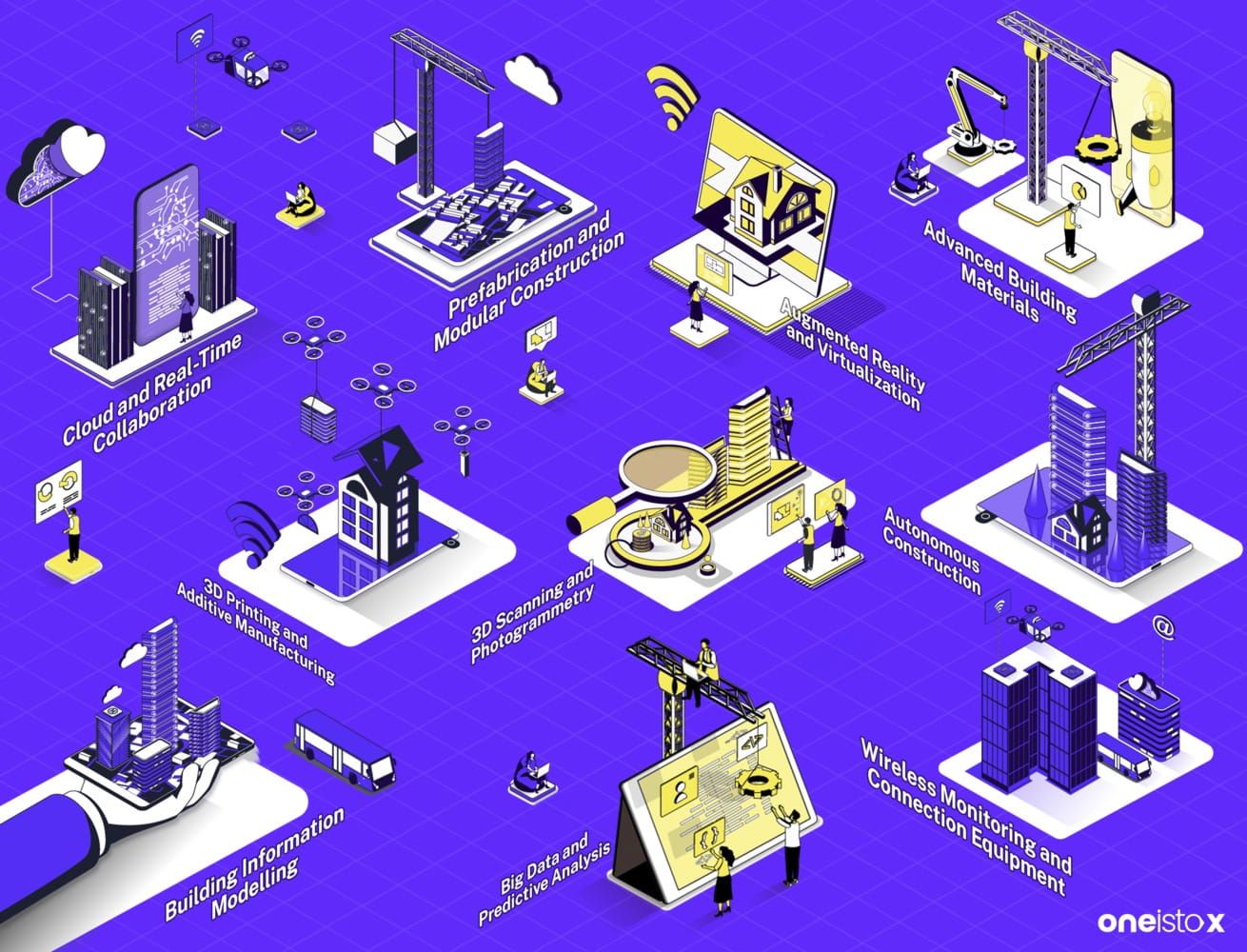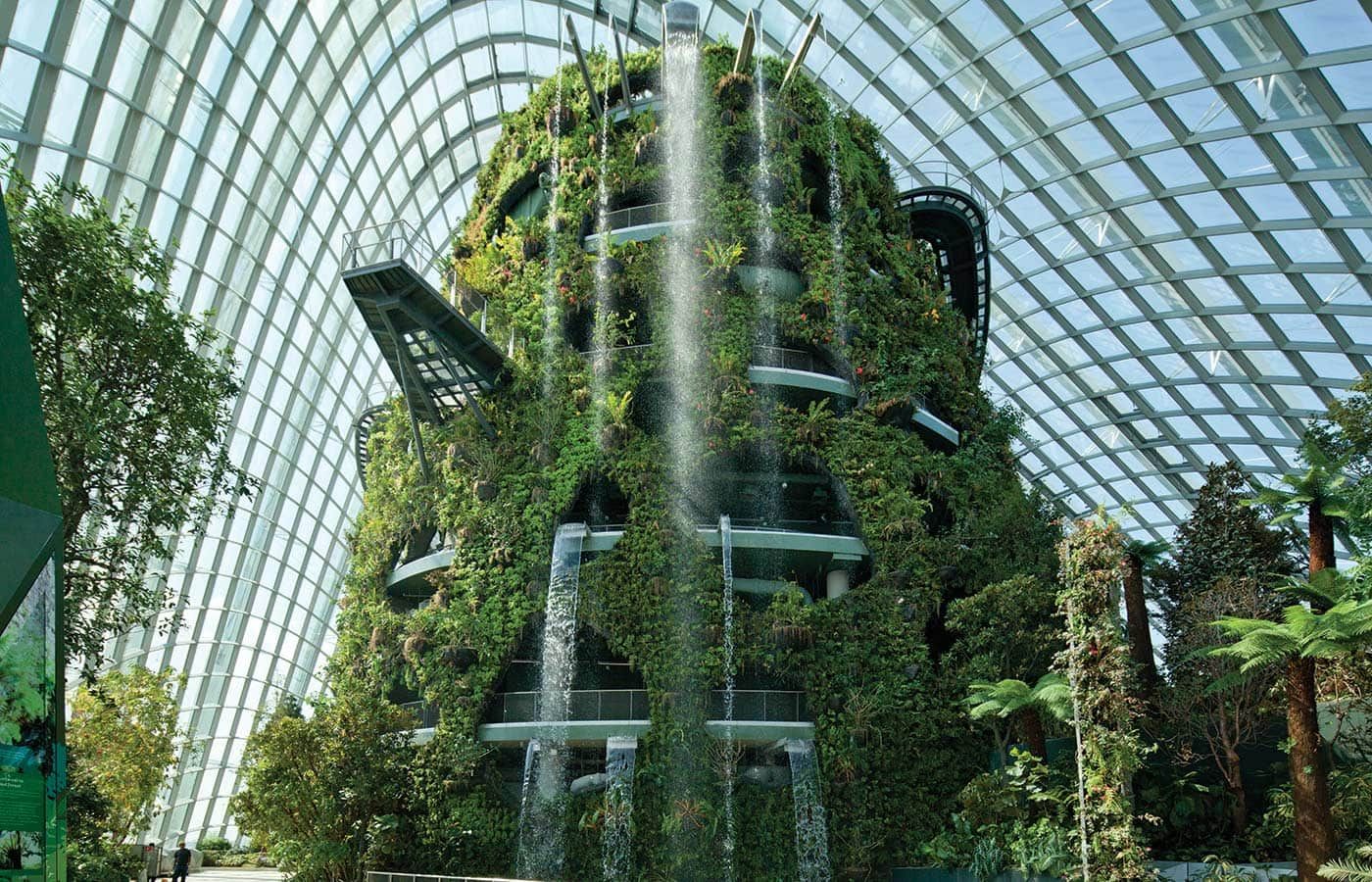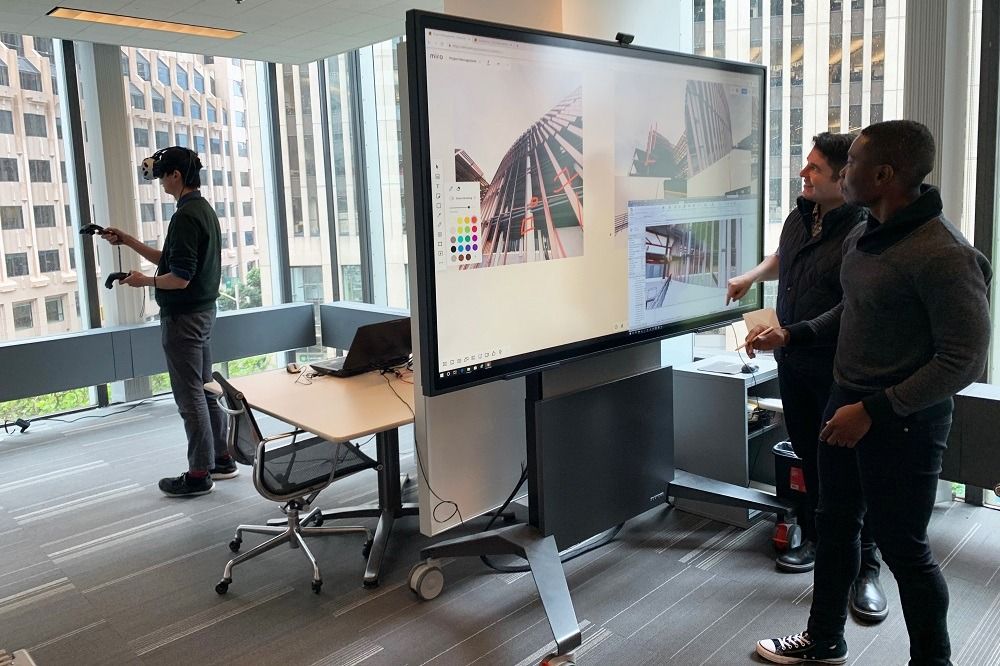Join thousands of people who organise
work and life with Novatr.
6 Ways BIM Is Proving To Be The Future Of Architecture
Thet Hnin Su Aung
9.5 mins read
August 21

Likewise, architecture, both as a profession and as an industry, has reaped benefits with the input of digital technology. We have seen the emergence of new technologies in the past decade alone, expected to drive the digital revolution in the industry to a new level. Then what exactly lies ahead for the future of architecture?
BIM for the Future of Architecture

Technologies for Built Environment
Search for BIM (Building Information Modelling), and any page and organization will tell you how it is a paradigm shift for the industry while also ushering in other digitization methods.
BIM is a process of creating and managing a digital 3D model with asset information embedded in geometry in a collaborative environment. It is a data-driven modelling approach that relies on and benefits from collaborative principles, as opposed to traditional 2D and 3D visual representations. The collaboration attributes to a more streamlined information exchange between all project stakeholders, resulting in fewer errors and optimised workflows.
Nowadays, BIM is implemented across different AEC fields to various degrees in projects of all sizes worldwide. With BIM, we can enjoy the benefits of better coordination within the project team, and BIM software can help us achieve it. And soon, the design studios will include professionals from other disciplines to share their knowledge for better design.
Yes, it has opened up new digital practices, but BIM is only the beginning of the digital revolution in the architectural field. And it will play an important role in our built environment of the future.
Digital Construction
Digital construction is the application of digital technologies to improve construction and operation in the built environment. It will ease construction and operation workflows while making them more efficient and safer. The tools can range from simple collaboration tools to robotics. Regardless of software or technology, what’s certain is that it makes the industry more sustainable for the future.
1. Green BIM
You might ask, what’s next for BIM in architecture? We talk much about how BIM aids the workflows but do you know that BIM also contributes to sustainable design? The efficiency it provides can save time, cost and resources heavily affected by careless planning. We can schedule the right time and material needed for construction and the following building operation to reduce carbon footprint. Then there is Green BIM. Sustainability has become a much-needed requirement for the construction sector. Green architecture can reduce the impact on our environment, namely carbon emissions and urban heat islands of the cities.
There are standards and assessment methods for sustainable design (e.g. LEED) as guides. However, it is imperative that we consider sustainability right from the preliminary design stage. Using traditional 2D and 3D designs proves unreliable in this case since analysis and simulations can only happen near the end of the design process. To change it and repeat the process takes so much time too.
In BIM technology, we can implement sustainable design strategies right from the beginning to monitor energy performance and sustainability. That is what green BIM is all about. Using BIM tools for energy analysis, such as Cove.tool and Green Building Studio by Autodesk, architects can assess and predict the energy consumption and optimise for energy efficiency throughout the project lifecycle.
2. Sustainable Design

Garden by the Bay by Wilkinson Eyre (Source: https://www.wilkinsoneyre.com/)
When we say the future of architecture, it is not about solely designing futuristic buildings or structures for Mars. We should turn our attention to making our Earth more liveable and the built environment, and architects have a huge role in achieving it. Advance technology, and any related industries, have provided many benefits and opportunities to mankind. But we also have to admit that these perks come at a cost; there are millions of tonnes of plastic waste in the world, global warming and carbon dioxide emissions are at all times high, and cities are overcrowded and natural habitats destroyed.
Sustainable design is the answer to all these issues - after all, it is for the future. Sustainable design caters not only to the environmental crisis but also for the consideration of our health and well-being.
Systematic changes are emerging to solve these design challenges, from resilient and human-centred designs to urban biodiversity.
One solution already in practice is to reduce waste and recycle whenever possible. Even recycling spaces and buildings is a viable solution as demolishing a building requires high energy use while producing much waste at the same time. Many buildings nowadays are becoming more energy-efficient or relying on renewable energy. But in the future, being energy efficient will no longer be enough - the buildings need to be self-sufficient too. This trend has started but is still remarkably slow.
3. Smart Cities
If we are talking about the future of architecture or the built environment, we cannot leave out smart cities. Through digital construction, these are urban developments focusing on future sustainability while responding to the needs of inhabitants. Efficient resources, low energy consumption and responsive designs are some features of smart cities. We use Big data - large volumes of structured and unstructured data that is analyzed for improved operational efficiency and decision making - to monitor and understand various aspects of urban life in metropolitan areas.
Digitization in Architecture
4. AR, VR & Immersive Environments

Immersive environments in architecture (Source: https://www.ns-businesshub.com/)
Imagine you can walk through and experience your design in real-time even before the design is finalised. Immersive environments allow architects and designers to observe and understand what they have designed. It is different from the virtual walkthrough that 3D modelling software provides!
The use of VR (Virtual Reality) has seen a rapid increase in the past few years, and the technology supporting it has also seen several developments. Some major architectural firms are now using VR during the design process to present their projects on a 1:1 scale. As of today, it is rarely cheap and is considered an investment, but soon, such technologies will become common in architectural practices. Its features will also become more progressive that we may be able to interact with objects in the virtual world.
5. Robotics and Automation
Automation is already in use in the architecture industry for a couple of years now and we can soon expect robotics to be more involved in the process. This is not to say that robots will take the place of architects in the design process – after all, no technology can compete against the creativity of an architect. Automation processes can be seen in laser-cutting, 3D printing and 3D model walkthroughs etc. Meanwhile, robots can assist professionals in identifying and solving difficult or even dangerous tasks.
They will become the bridge between the digital and physical worlds wherein a project is planned and designed digitally, and printed or fabricated using robotic and automation systems in the real world.
6. Advance in Software

A 3D model for a large design project (Source: https://www.autodesk.com/)
All these digital wonders in architecture would not be possible without software technology. Even drafting has come a long way - from 2D drawings to 3D BIM models. Software like Autodesk Revit has also been further developed to enhance BIM workflows, and there are plugins available for use to take design workflows to the next level. For example, we can now collate parametric modelling with BIM using RhinoInside.Revit in Revit interface. Efficient at creating even the most complex designs, such developments are why we will be seeing more organic designs and buildings in the future.
Another example is Grasshopper which came as a plugin for Rhino 3D. But now, it comes built-in in Rhino 3D and separate installation is not necessary. Generative design and running building performance analysis for huge projects is feasible with ease thanks to the advance in software.
With so many technological breakthroughs in the architecture field, it is frankly quite hard to predict the future of the architecture industry. One thing is certain; BIM has started a digital revolution in the industry and may soon become the norm that it is no longer considered state-of-the-art. New digital practices will emerge from BIM technology.
Regardless of what technology, it is our duty to keep up with it to stay valuable in the AEC industry. Get started by mastering BIM with Novatr’s BIM Professional Course where you will learn industry-relevant skills taught by experienced professionals. Make sure to check out our Resources page for more informative reads on BIM.

Join 100,000 designers who read us every month


